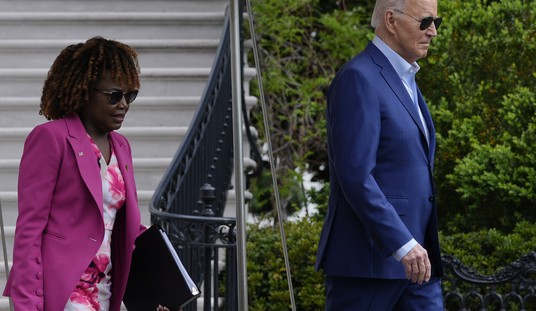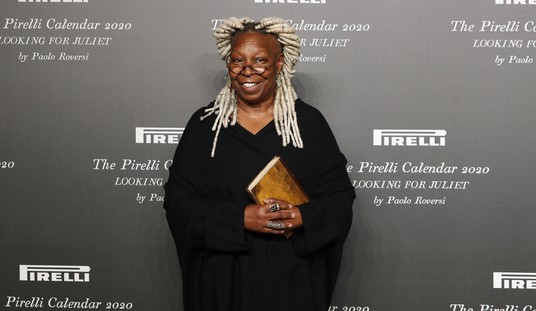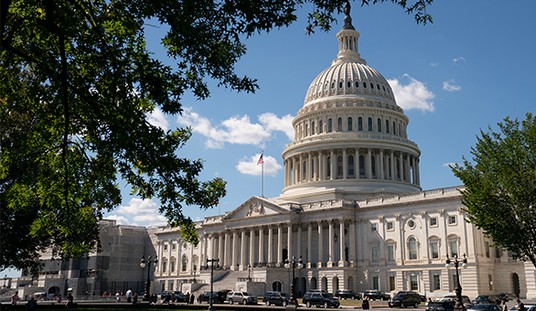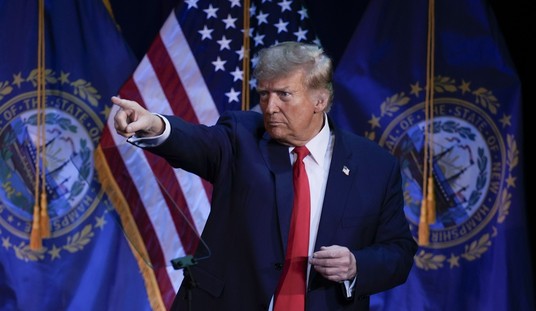Bad news for fans of the incandescent light bulb: As of Tuesday, their sale and manufacture will be illegal.
I’ll be honest – I was surprised when I saw this headline over the weekend: Incandescent light bulb ban goes into effect next week. Not because I was unaware of the push to do away with the incandescent bulb, but because it seems like this ban has been in the offing for years. Probably because it has.
The Energy Independence and Security Act of 2007 (originally named the Clean Energy Act of 2007) was signed into law in December of 2007. It included provisions “to improve energy efficiency in lighting,” including:
– phase out the use of incandescent light bulbs by 2014, and improve lighting efficiency by more than 70% by 2020;
– requiring all general purpose lighting in federal buildings to use Energy Star products or products designated under the Energy Departments Federal Energy Management Program (FEMP) by the end of Fiscal Year 2013;
– setting an energy efficiency standard for general service incandescent lamps, incandescent reflector lamps, fluorescent lamps, and metal halide lamp fixtures designed to be operated with lamps rated between 150 watts and 500 watts;
– providing for consumer education and lamp labeling, and requiring market assessments and the establishment of a consumer awareness programme;
-initiating a “Bright tomorrow” lighting prize: USD 10 million for a LED replacement lamp (for 60W incandescent); USD 5 million for a LED replacement of PAR 38 halogen lamp; USD 5 million for a “Twenty-First Century Lamp”, a solid state product meeting certain requirements.
Thus, initially, the intent was to phase the incandescent bulbs out by 2014. So how is it 2023, and the ban is just now taking effect? Well, there were subsequent funding battles that delayed enforcement, first in 2012:
Congressional negotiators struck a deal Thursday that overturns the new rules that were to have banned sales of traditional incandescent light bulbs beginning next year.
That agreement is tucked inside the massive 1,200-page spending bill that funds the government through the rest of this fiscal year, and which both houses of Congress will vote on Friday. Mr. Obama is expected to sign the bill, which heads off a looming government shutdown.
Congressional Republicans dropped almost all of the policy restrictions they tried to attach to the bill, but won inclusion of the light bulb provision, which prevents the Obama administration from carrying through a 2007 law that would have set energy efficiency standards that effectively made the traditional light bulb obsolete.
And then again in 2015:
Old fashioned light bulbs still allowed: The bill blocks new energy efficient standards that would have made incandescent light bulbs obsolete. Consumers had complained about the new requirements.
Then, in 2019, the Trump administration rolled back the regulations. But in 2022, the Biden administration reversed the rollback.
Which brings us to the ban going into effect on Tuesday.
Come Tuesday, while it won’t be illegal to own incandescent light bulbs, it will be illegal for stores to sell them and companies to manufacture them.
The federal government’s warnings started in January and have been getting progressively more aggressive as they want to make sure Americans don’t go back in time. The government announced a ban on the manufacturing and selling of incandescent bulbs, saying it will help Americans save money and help the environment.
Everyone will have to purchase LED or compact fluorescent light bulbs instead.
Critics of the ban maintain point to it as just another example of government overreach. However, the Department of Energy contends that LED lights are both more efficient and cost-effective.
The Department of Energy says LED lights provide more light using 75% less energy and last 25 times longer than incandescent light bulbs. Plus, LED lights are estimated to save families about $100 per year.
While LED lights cost roughly two-and-a-half times more than incandescent bulbs, the argument is that because they’re more efficient and last longer, they result in savings in the long run. Then, too, there’s the contention that LED lights are better for the environment:
The agency also claimed that discontinuing inefficient incandescent lights will save Americans nearly $3 billion yearly and substantially reduce carbon dioxide emissions over 30 years.
Throw me in the skeptical camp on that, but either way, it’s a done deal come Tuesday. After that, if you’re craving incandescent light (and your hoarded stash of bulbs has depleted), you’ll have to look to the Sun.















Join the conversation as a VIP Member